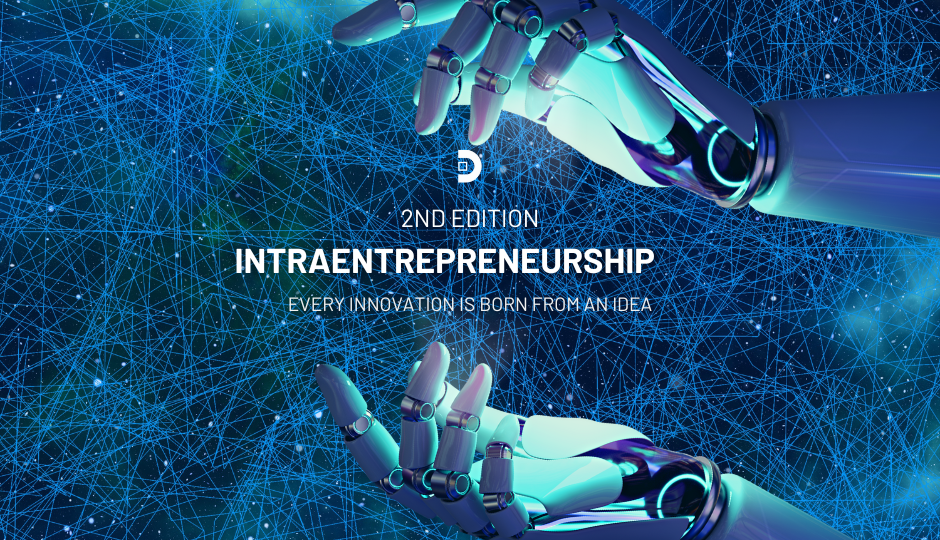The streets of Puerto Príncipe are seething. Haiti is still trying to rebuild from the rubble left behind by the massive earthquake in 2010 and the social, political and economic situation remains complex. Project Director Ramón Caballero arrived in the country five years ago and has worked in various development programmes apart from this project, for example, the creation of a number of schools.
What took you to Haiti?
I came here for the first time at the end of 2013 as Project Director for the setting up of 10 schools in the south-eastern administrative area of Haiti. The project was a major challenge but also a great satisfaction because it had a major impact on the local community. We completed the building work on the last school about 2 years ago.
Why was it a challenge for the team?
Some of the schools are located in mountainous areas and are only accessible after a drive that lasts several hours, crossing rivers and tracks destroyed by floods… a real adventure. We hired local workers for the project, as this is one of the conditions laid down by the Government of Haiti. This meant training up the local people in tasks related to construction. The result was very positive, as we used a technology that allowed us to build the schools very quickly while complying with all the standards for earthquakes and hurricanes. At the same time, we achieved spectacular conditions of comfort, reducing the outside temperature by up to 5 degrees.
You are now managing the creation of a building for the National Bank of Haiti. What does the project consist of?
It will be the new administrative headquarters of the BRH, the National Bank of Haiti. It is an emblematic building with six floors of 2,000 square metres each and a design that allows for versatility, as it will house the internal management departments of the bank, the Board of Directors’ offices and also business premises on the ground floor. The building will also incorporate innovative features throughout, especially in terms of climatization, access control and security measures. Right from the start, the project was designed according to the earthquake regulations for the area, although this aspect has been strengthened to the point that we can now say the building is practically a bunker.

What are the biggest challenges?
More than at the technical or technological level, the main challenge on a daily basis is a cultural one. People’s attitude to time is very different, as are the ways of working. As I have already mentioned, some of the workforce must be contracted locally, which is a positive social measure because it sets out to improve peoples’ living conditions even though in many cases they do not have prior experience. We carry out training sessions on a daily basis and also strong supervision to ensure that safety measures are followed. Some workers sell their personal protective equipment, for example, boots or safety vests, so that they can eat the next day. Sometimes it is difficult to get them to understand how important these safety measures are, but their attitude is understandable because their priorities are different, so we carry out extensive supervision.
What is the work like on a day-to-day basis?
The culture clash is very strong; you cannot go out there with your European mindset because all administrative arrangements and procedures inevitably take longer. You might even need half a day to cross the city, because at certain times there is considerable traffic congestion and there are endless road closures for demonstrations, revolts or other reasons. I live in the suburbs and many of the main roads in the city are already stacked with traffic at 7 a.m., so I usually get up an hour earlier and take the opportunity to go to a gym near my office. If I didn’t do that, I would spend an hour on the road to get to work on time.
In Haiti the official languages are Creole and French… what is the day-to-day communication with the workers like?
Many of them only speak Creole, which is a kind of simplified French but has very simple and clever grammar. It is a quick language to pick up because it has fewer verbal forms and takes many words from other languages, so it is very much a living language. I can speak it a bit, although communications can be tricky sometimes. In our everyday work there is a continuous mix of French, English, Creole and Spanish.
What would you highlight about the Haitian culture and people?
Most people live in a very precarious situation, but despite not having any assets to the name they will give you what they have, they are very kind. Religion probably has something to do with this; it is a very religious culture. As a result of all the trials and tribulations they suffer, the people simply have to find ways to earn a living. The building work on the new administrative headquarters of the National Bank of Haiti will be completed in the last quarter of 2019. Dominion has contributed its extensive experience in project management and the application of the latest technologies to offer the highest standards of quality. The creation of this emblematic building will be a boost for the surrounding area, with a new business hub in the country’s capital city.












